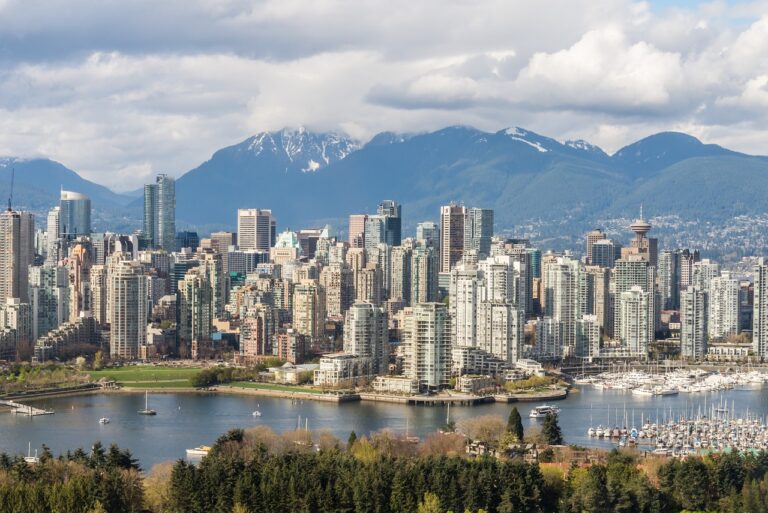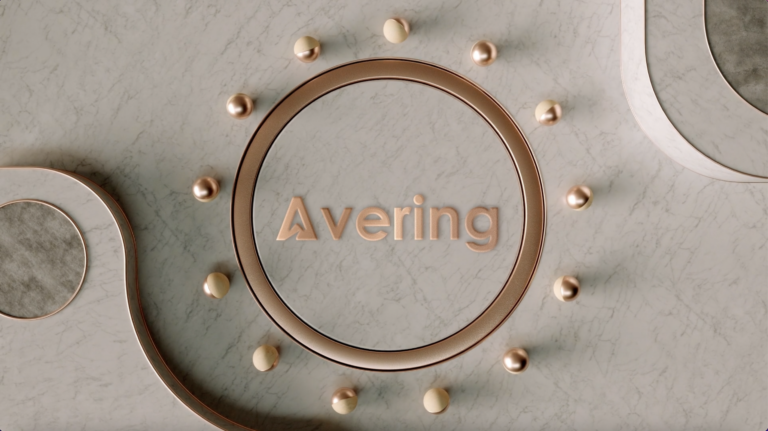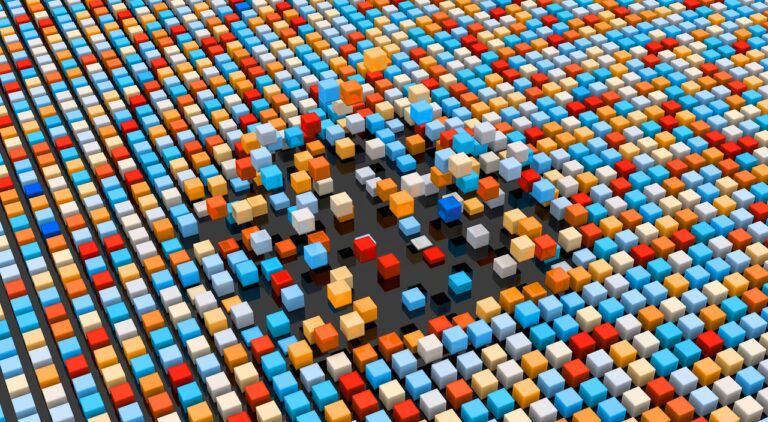Society 5.0 has nothing to do with the information society or the digital society; it has to do with the convergence between digital and physical space.
In this new convergent system that fuses the physical and the digital world, the most significant difference between the super-intelligent society and the previous information society (4.0) is that the former does not depend on human beings to analyse the data, but makes reality the full potential of AI. In other words, it will be the first time in the history of humanity that AI will allow, maintain and shape the ecosystem of physical and virtual spaces without human intervention.
The new Society 5.0 is a connected and super-intelligent society where big data, the internet of things, artificial intelligence (AI) and robots are fully integrated in order to provide a digital and physical infrastructure for the daily life of all citizens.
Society 5.0 is not only about the creation of a future intelligent society, but with industrial and economic growth and strengthening: with the creation and production that underlines the values enhanced by the AI, the internet of things and robotics focused on the human being, where the consumer is at the centre of the provision of services, from health care to logistics through mobility.
Thus, the basic systems of society 5.0 are logistics, transport, healthcare, intelligent systems of the food chain, intelligent agriculture and intelligent production systems.
As an example, society 5.0 imagines drones responsible for the distribution of goods to private homes, people resorting to AI to order food and various services, telepresence technologies and robotic AI-based personal assistants to take adequate care of children and old people, health care at home, autonomous cars susceptible to being called by intelligent housing to take passengers to the hospital or shopping, and so on.
The novelty is that the new society will be hyperconnected and will be efficient when it comes to integrating the most advanced technologies of our time to face these fundamental interests.
This requires the creation of a network of things and data in which each digital-physical node (whether a personal robot in the home or an AI assistant in the smartphone) guarantees everyone a certain quality of life.
As indicated at the beginning, these interests are also economic interests, which is why the great paradigm for the consumption of transport, health care and logistics is above all the economic capacity of the individual.
Problems to face: Developed societies age
Indeed, the fact that developed societies age is translated into the reduction of the manpower and the increase of the medical costs and of Social Security.
As an example, Japan has the highest proportion of the world\’s older people: in 2017, 26.3% of its population was 65 or older. In 2014, the percentage was 25.8%.
According to the World Atlas, Japan is followed on the world map by ageing populations by Italy (22.4%), Greece (21.4%), Germany (21.2%) and Portugal (20.8%). Spain occupies the sixteenth place in demographic ageing with 18.8%.
To deal with the problem of an ageing population in which there will not be a sufficient number of carers or providers of medical services, information and medical data will be shared among different hospitals and health service providers, while telecare, AI and robots will ensure that people can live independently in their homes and at the same time remain connected to the world.
The personal robots and home automation will take care of housing, monitor the health status of its inhabitants, provide company and be useful in ordering food, buying items, administering water, electricity or gas services, health care, etc.
Problems to face: Infrastructures deterioration
Another problem that is often overlooked is the deterioration of infrastructure: not only the population but also buildings and other infrastructure age and require greater inspection and greater maintenance. There, the problem is not only the increase in costs but the lack of skilled labour.
For that reason, an AI fleet, robots and sensors will be used to inspect and maintain buildings, roads, bridges, tunnels and reservoirs permanently, twenty-four hours a day.
Already in use are robots that inspect sewers and pipes; and there will be hundreds of thousands of miniature robots constantly monitoring bridges, roads and buildings, and immediately informing the central system of possible problems.
Smart cities
Society 5.0 represents the next step of the current economic, social, industrial and technological model for the cities of the world, not only in terms of human technological evolution but also of the intellectual paradigm that has defined urban development in the last seventy years.
Smart cities become organic and alive as they collect information through cameras and sensors distributed throughout the city and send it for processing to central computer systems, which then monitor traffic, security, infrastructure, and so on.
The intelligent city integrates physical devices, such as sensors, with information and communication technology, thus creating a network or what is generally known as the internet of things.
The idea behind the smart city is to make the urban space more efficient, safe and accessible.
The future is human
The understanding that the future of society 5.0 has to be centred on the human being constitutes the driving force in the creation of a super-network of digital and physical technologies to improve human life.
Society 5.0 recognizes that the current and future human being is an economic unit of consumption, with which the Economic Authorities at the international level must prioritize above all the global economic growth in order to allow the creation and deployment of technology solutions to the social, demographic problems and economic of our current society.
What do you think? Leave your comments or email me at [email protected]. We can get in touch also on Twitter (@bpkarlos) or LinkedIn. Thanks for your time reading this post!








